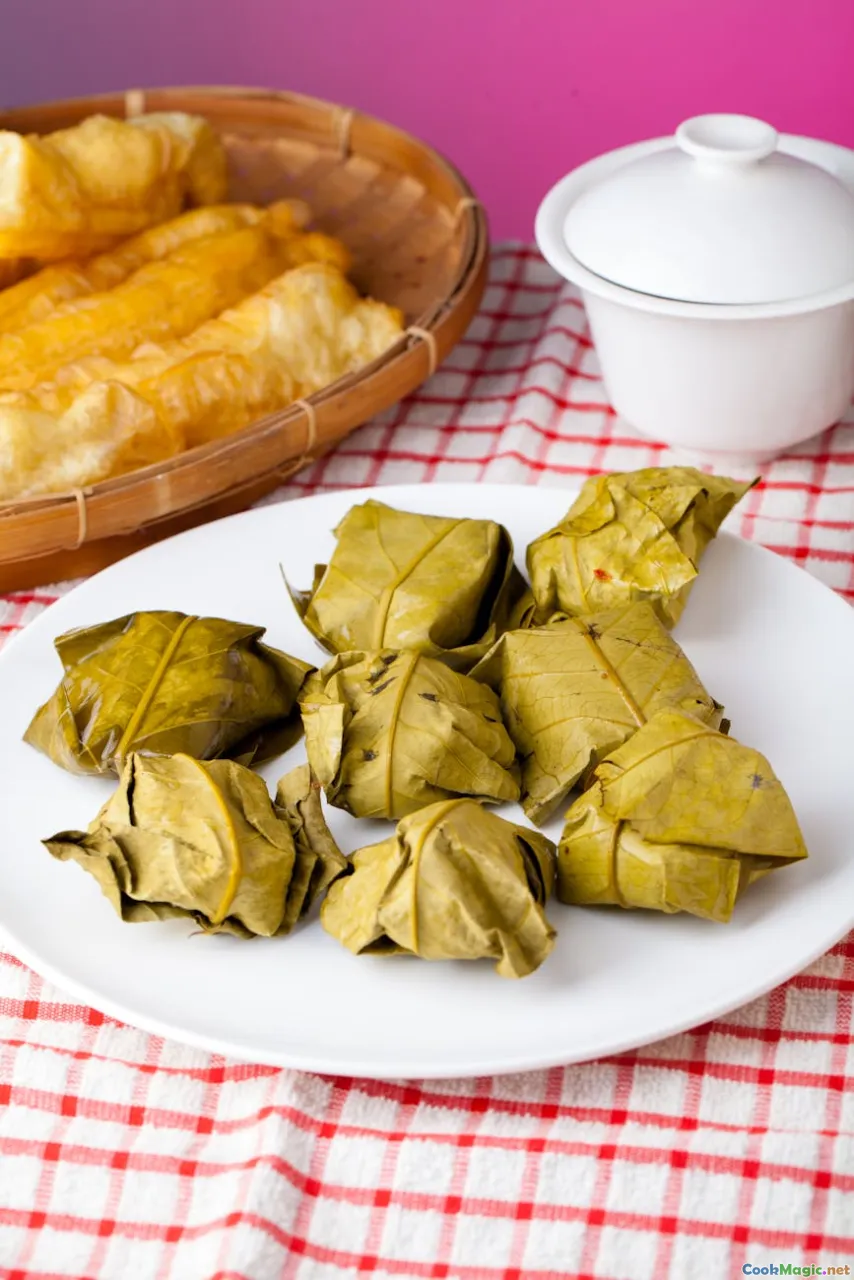Cooking Techniques That Define Brazil
7 min read Discover the essential cooking techniques that shape Brazil's vibrant culinary landscape, from fermentation to grilling and stewing. April 27, 2025 13:00
Cooking Techniques That Define Brazil
Brazilian cuisine is a mosaic of flavors, textures, and techniques that reflect its diverse cultural roots, geographical landscapes, and historical narratives. From the lush Amazon rainforest to the sun-drenched beaches of Bahia, the methods used to prepare and cook food are as vibrant and varied as the country itself. At the heart of this culinary richness lie techniques that have been passed down through generations, shaping the very identity of Brazilian food.
In this article, we embark on a flavorful journey exploring the foundational cooking techniques that define Brazil. We'll delve into how these methods are not just culinary practices but cultural symbols, emotional connectors, and stories in themselves.
The Art of Fermentation: Cultivating Flavor and Tradition
Fermentation as a Cultural Pillar
Brazilian fermentation techniques are among the oldest and most culturally significant. They serve as a bridge linking past and present, tradition and innovation. Fermentation is not merely a preservation method; it's an art that unlocks profound flavors and textures.
Cassava Fermentation and Farofa
Cassava, or manioc, is a staple in Brazilian kitchens. Its transformation through fermentation enhances its flavor and digestibility. A prime example is farofa, a toasted cassava flour mixture seasoned with spices, herbs, and often complemented with meats or eggs. The process involves fermenting the grated cassava to develop a tangy, complex flavor that embodies the essence of regional dishes.
Fermented Beverages: Cachaça and Cauim
Cachaça, Brazil’s iconic spirit, is distilled from fermented sugarcane juice, resulting in a robust, aromatic liquor. Similarly, indigenous tribes traditionally prepared cauim, a fermented maize or cassava beverage, highlighting the indigenous roots of fermentation.
Grilling: The Sizzle of Brazil’s Barbecue Culture
Churrasco: More Than Just Grilled Meat
Brazilian churrasco is world-famous, but it’s more than a method—it's a social ritual. The technique involves skewering large cuts of beef, pork, chicken, or sausage and roasting them over open flames or hot coals. The result? Juicy, smoky meats with a caramelized crust and tender interior.
The Art of the Asador
The churrasqueiro, or grill master, masters the control of fire and timing, turning simple cuts into culinary masterpieces. The use of espeto (skewers) and picanha (a prized cut of beef) showcases the mastery of direct heat and seasoning.
Flavors and Techniques
A signature Brazilian grilling technique is seasoning with coarse salt and aromatics like garlic and herbs, allowing the natural flavors of the meat to shine through. The slow roasting over charcoal imparts a smoky aroma that is quintessentially Brazilian.
Stewing and Slow Cooking: Developing Depth and Comfort
Feijoada: The Ultimate Brazilian Stew
No discussion of Brazilian cooking techniques is complete without feijoada, a hearty black bean stew with pork and beef. The magic lies in slow cooking, allowing flavors to meld and develop a rich, complex profile.
Techniques of Stewing
Slow simmering in heavy pots, often called caçarolas, is a technique that allows tough cuts of meat and legumes to tenderize while soaking up spices and seasonings. This method creates comforting, soulful dishes that are central to social gatherings.
Beyond Feijoada
Other stews, such as caruru (okra and shrimp) and moqueca (a fish stew with coconut milk), employ similar slow-cooking techniques, emphasizing patience and layering of flavors.
The Power of the Root: Embracing Cassava and Other Staples
Cassava Preparation Techniques
Beyond fermentation, cassava is prepared in myriad ways—boiled, grated, fried, and turned into flour. Each method highlights different textures and flavors, from the crispy coxinha (fried dough filled with chicken) to the soft pão de queijo (cheese bread).
The Significance of Roots
Root vegetables like sweet potatoes and yams also play a vital role, often roasted or mashed, serving as both side dishes and integral ingredients in stews and breads.
Personal Reflections and Cultural Insights
Growing up in Brazil, I learned early on that cooking is a communal act—whether grilling in a backyard during a family churrasco or fermenting cassava with neighbors in a small village. These techniques are woven into the fabric of daily life, celebrations, and identity.
The sensory experience of Brazilian food—its smoky aroma, the sizzle of meat on the grill, the tang of fermented cassava—evokes memories and emotions that transcend taste. They speak of resilience, innovation, and a deep-rooted love for community and tradition.
Final Thoughts
Brazil’s culinary techniques are a testament to its cultural diversity and geographical bounty. The methods of fermentation, grilling, stewing, and root preparation are more than just ways to cook—they are stories, histories, and expressions of a vibrant nation.
Whether you’re inspired to try your hand at making authentic churrasco or exploring the depths of a slow-cooked feijoada, remember that these techniques carry the soul of Brazil. They invite you to taste history, celebrate community, and savor the rich tapestry that is Brazilian cuisine.
Embrace these techniques, and let your kitchen become a stage for Brazil’s fiery, soulful, and deeply nourishing culinary traditions.









